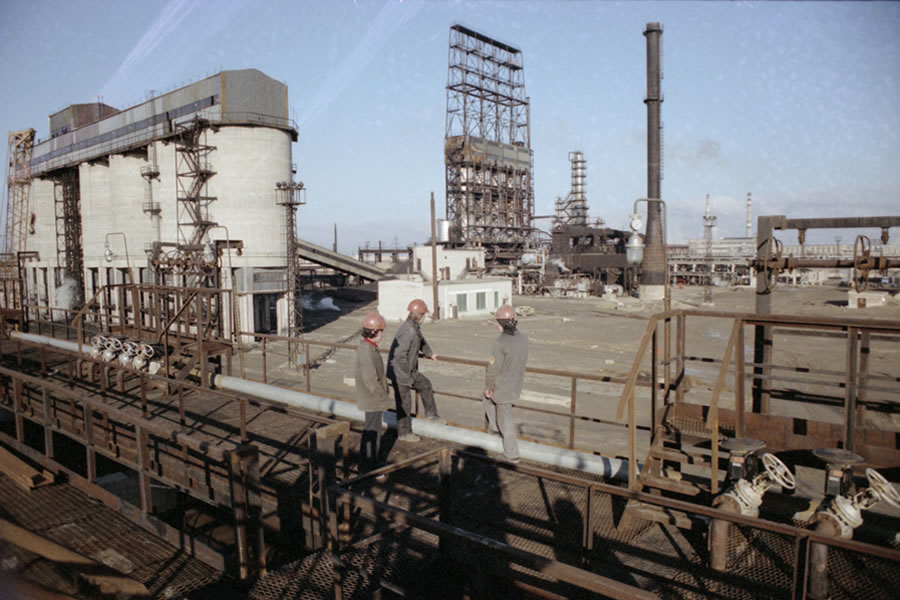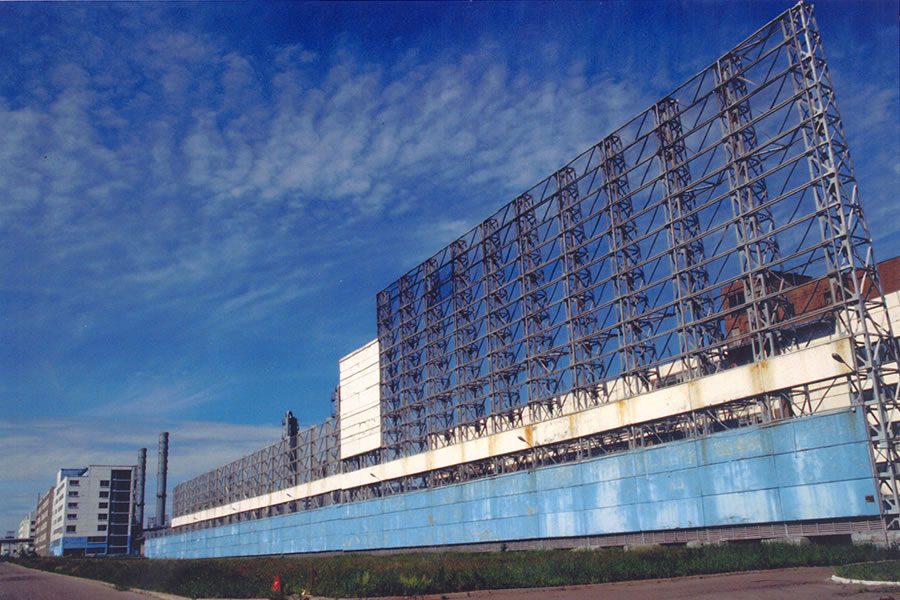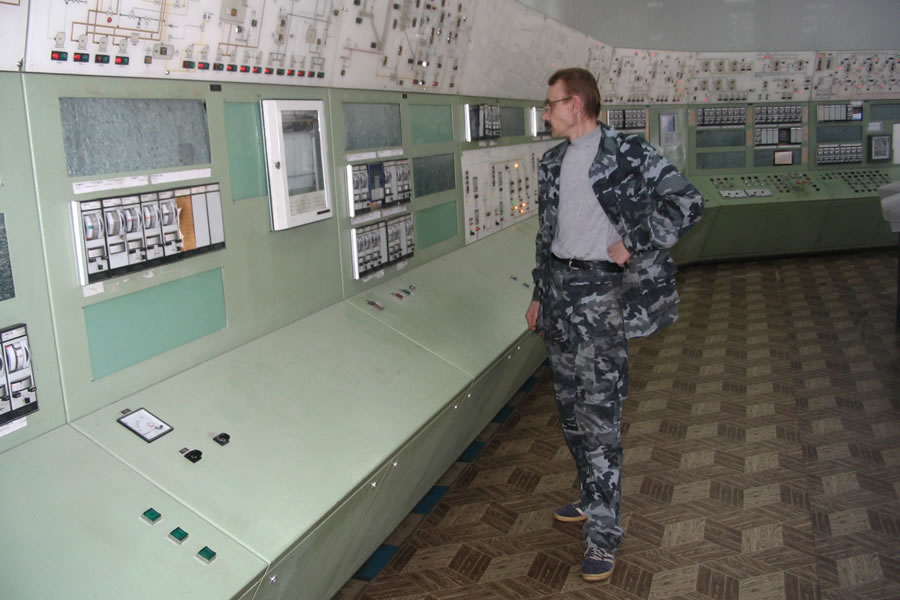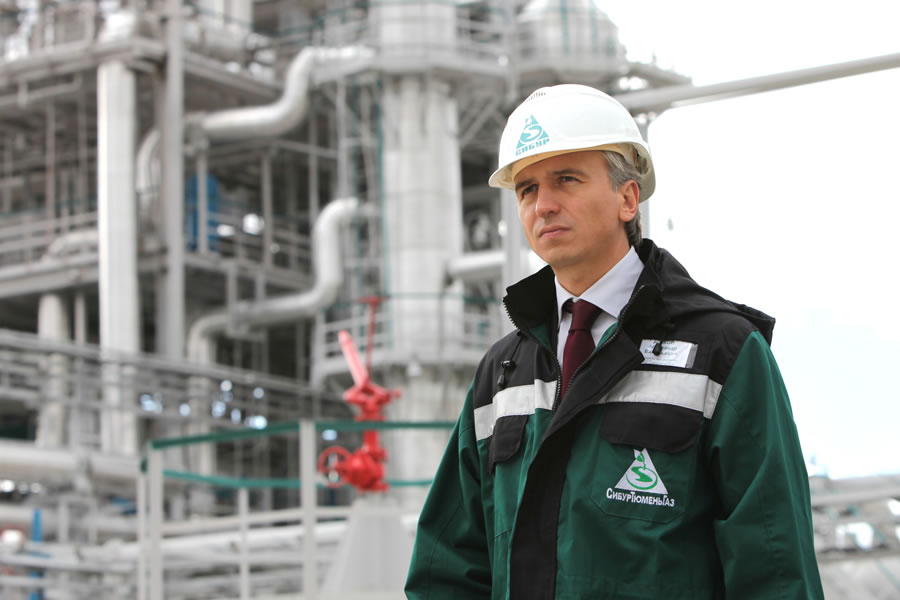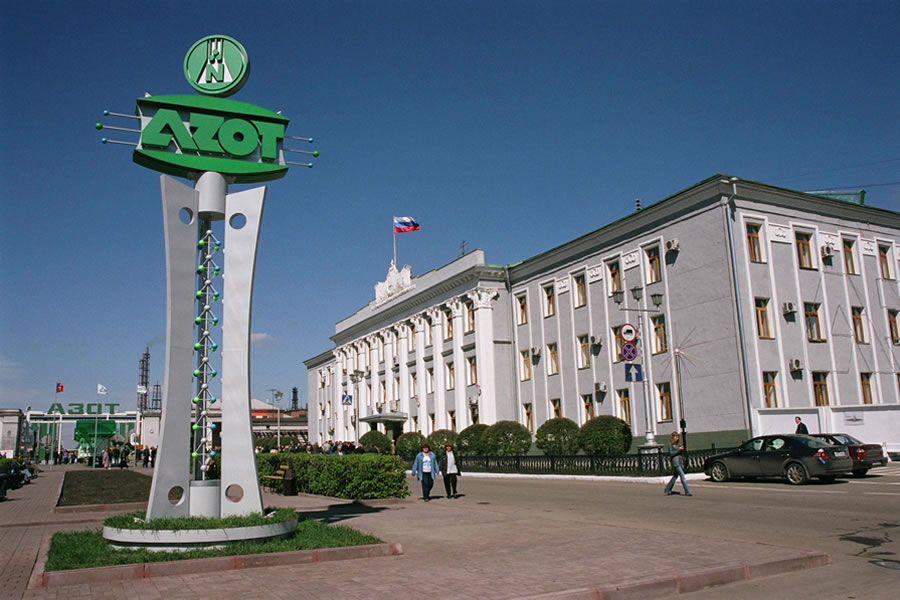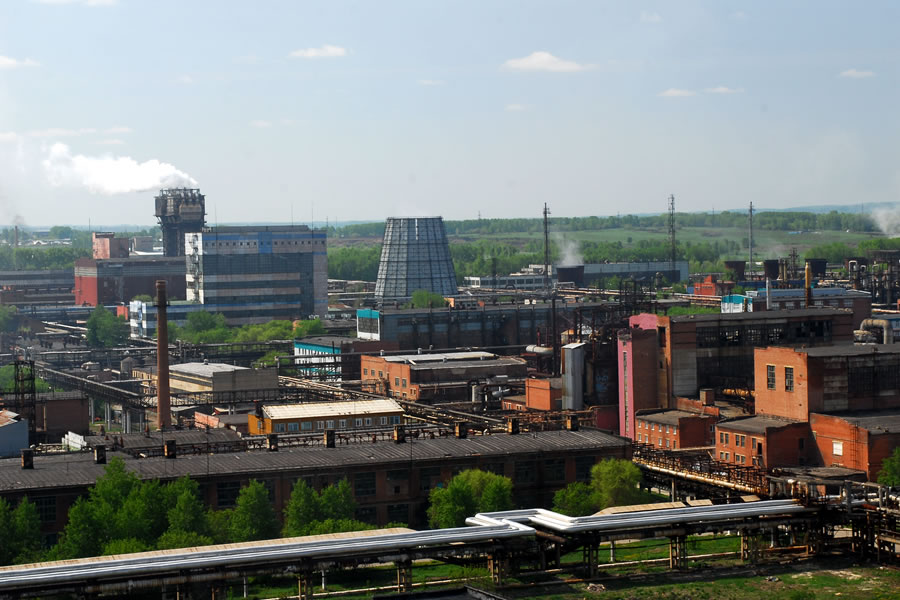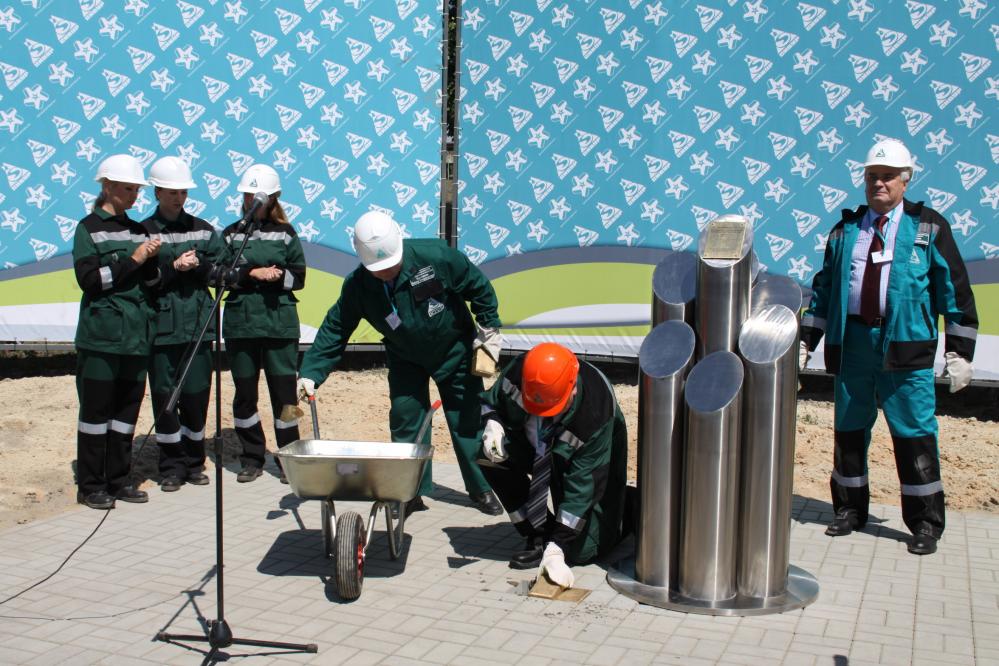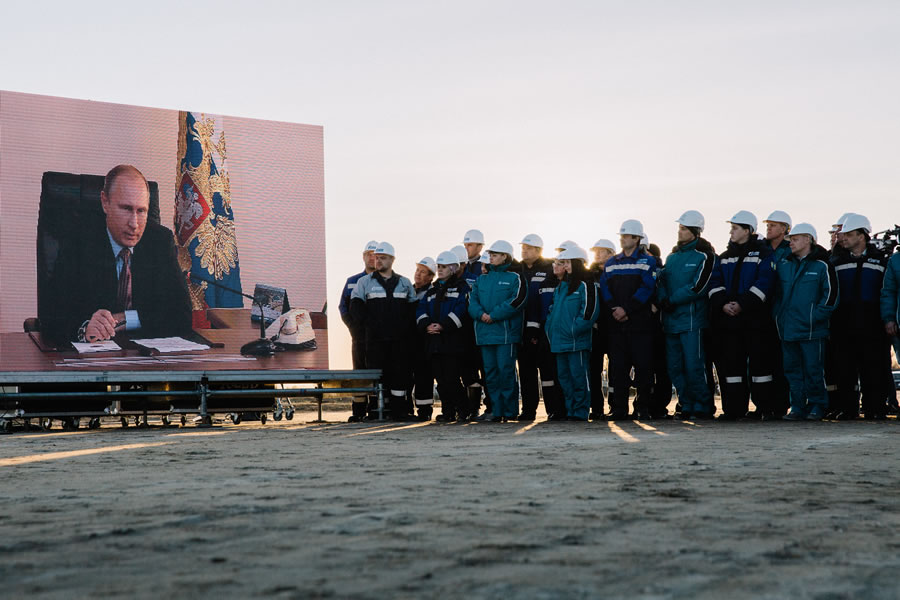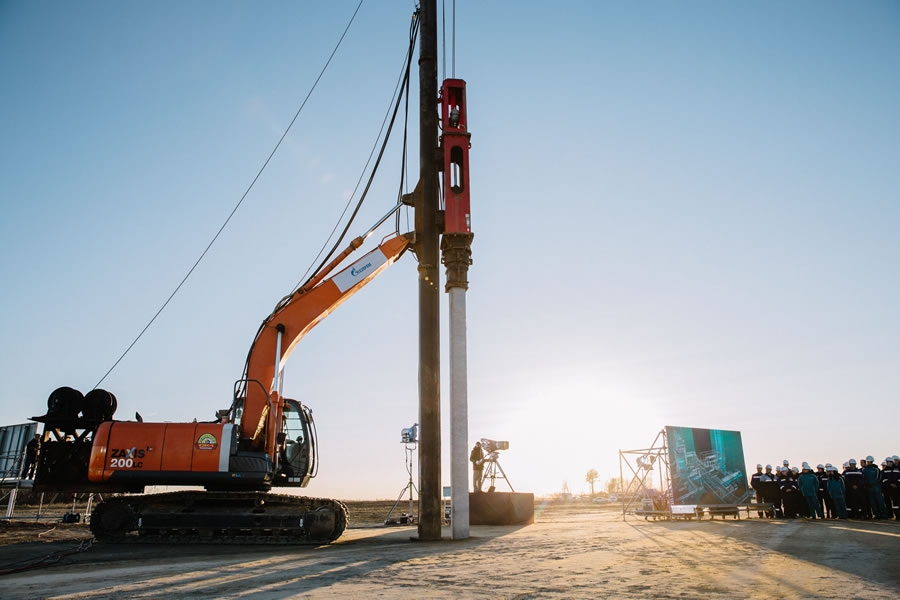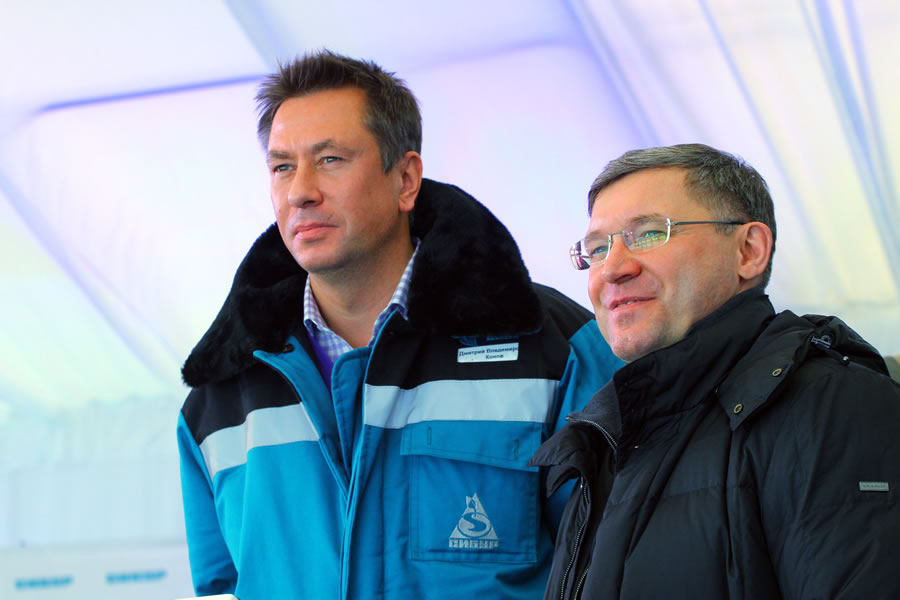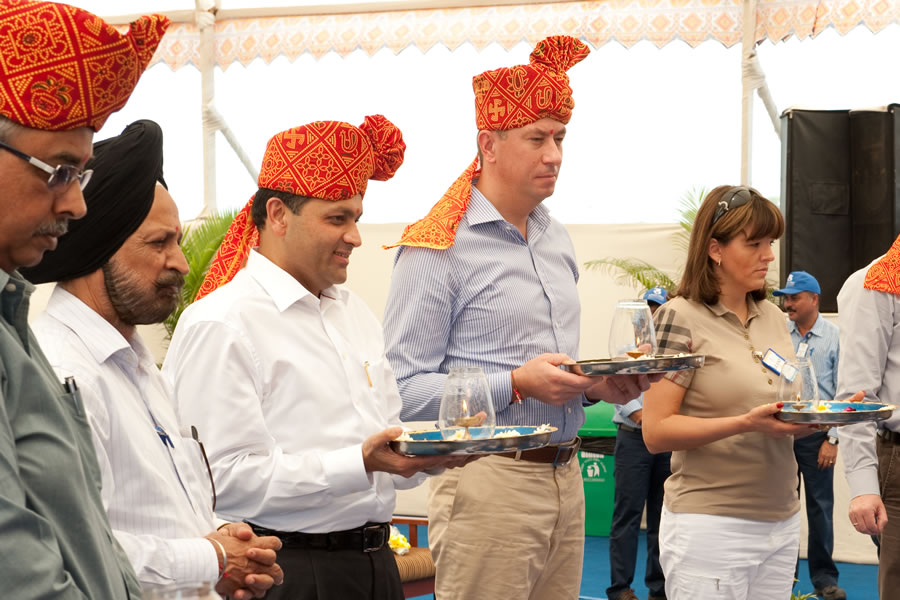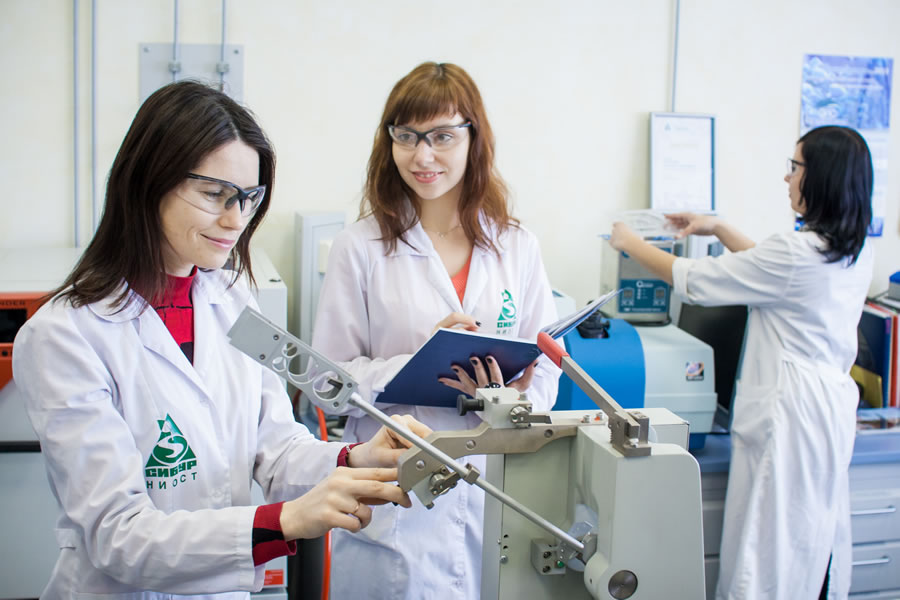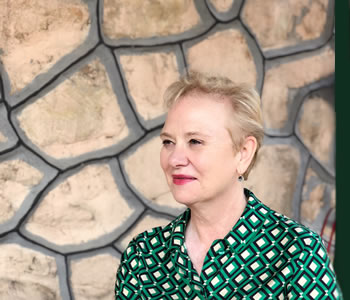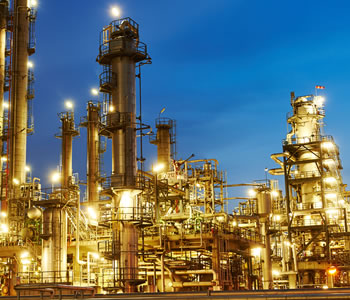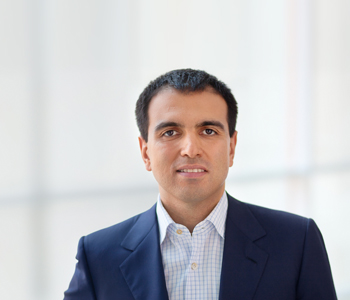Over its 23 years in business, SIBUR has risen to a multitude of challenges, evolving into a Top 10 public petrochemical company worldwide.
1995–1998
Future leader
Siberian-Ural Petrochemical Company (currently SIBUR) was set up by a government decree in 1995 to pursue an ambitious goal of creating modern Russia’s first national player in the deep hydrocarbon conversion market. This required consolidation of the two existing producers around the future champion. Following the collapse of the Soviet Union, the petrochemical industry was in a deplorable state, with facilities running at half of their capacities and production chains largely disrupted.
Following the collapse of the Soviet Union, many petrochemical facilities were running at half of their capacities or shut down altogether.
Initially, the new company included only three facilities: Sibneftegazpererabotka’s gas processing plants in West Siberia, NIPIgaspererabotka design institute in Krasnodar, and Permsky Gas Processing Plant. To acquire new assets and restore production links, the company was looking for financially potent partners, with Gazprom ultimately coming forward as the sponsor of SIBUR's aggressive expansion. The partnership with Gazprom marked a new milestone in the company’s history.
Igor Moskalenko,
Director, Tompolymer:
At SIBUR’s early stages, it was Gazprom that came forward as a financially potent sponsor of the company’s aggressive expansion.
“Probably one of SIBUR’s oldest clients, we have been working together ever since its inception. Back in 1995, VETOMPAK and us were among Russia’s first plastic bag producers. When looking for a supplier, we came across the newly established SIBUR.
In the early 2000s, we started supplying our products to SIBUR, which gave an additional impetus to our business.
Our interactions with the top managers always led to a better understanding and faster resolution of issues. Luckily, those were rare, as, in my opinion, frequent meetings with the management may be a sure sign of problems.
Over the long years of our partnership, I watched SIBUR develop into a global petrochemical leader. Even as a fast growing company, it strives to enhance its client focus, and we would like to thank SIBUR’s team for their efforts in this area.
Our long-term partnership has indeed yielded some very impressive results and had a considerable impact on both our tactics and overall business growth.”
1998–2002
Expansion and crisis
In 1998–2001, around 60 companies from the chemical, petrochemical and associated industries (engaging in a wide range of activities from APG processing to tyre production) came under control of SIBUR. As a result, the company became heavily indebted with no means of making repayments. With margins falling into negative territory, most of its consolidated businesses required reorganisation and financial rehabilitation. The situation went from bad to worse as the petrochemical market hit the bottom of the cycle affecting consumer demand.
Polypropylene production at Tomskneftekhim, 2000-2002
By the end of 2002, SIBUR was facing a serious management and financial crisis. It was at this point that Gazprom initiated a reshuffle in SIBUR’s management team, with the new executives pledging to lead the company out of the crisis.
2003–2006
Restructuring
In early 2003, the 35-year-old Alexander Dyukov was appointed the new CEO of SIBUR. His previous experience included an executive job at the helm of Petersburg Oil Terminal.
Alexander Dyukov became the CEO of SIBUR in early 2003
In 1998–2001, around 60 companies from the chemical, petrochemical and associated industries (engaging in a wide range of activities from APG processing to tyre production) came under control of SIBUR.
Mr Dyukov formed the core of the new management team by inviting new-generation leaders, while also relying on the ambitious industry professionals. The new team members united in a bid to build an effective business that would be noticeable not only within the industry, but also across the Russian economy.
The new development strategy was underpinned by several key principles still followed by the company today. The first one is to cement long-term access to advantageously priced feedstock and to offer oil and gas producers effective solutions for handling their by-products.
The next principle is to monetise feedstock access by building new capacities for feedstock transportation and advanced processing. The new team banked on capturing the potential for future domestic polymer demand, as the outdated production facilities made clear the need to ramp up its capacity for PP, PVC and polyethylene, the materials used in a wide range of industries from construction to medicine.
The company led by the new management team gradually divested from its non-core assets as it sought to consolidate resources for large-scale investments. In the end, the group had three lines of business clustered in three divisions – Hydrocarbons, Synthetic Rubbers, and the Plastics and Organic Synthesis. The tyre and mineral fertilizer businesses were turned into subsidiary holdings.
SIBUR – Mineral Fertilizers was established in 2006 in Perm as a subsidiary of SIBUR. In 2011, the shares of the Perm enterprise were sold to URALCHEM holding.
For Gazprom, petrochemicals remained a non-core business. After SIBUR’s business had stabilised, Gazprom initiated a gradual divestment from SIBUR by transferring this non-core asset to Gazprombank and Gazfond.
It was the time when the company started to focus heavily on performance and efficiency to become SIBUR as we know it today. The production upgrade and consolidation of resources for large-scale investments were still in store.
2006–2013
Large-scale investment programme
Outdated production facilities made clear the need to ramp up its capacity for PP, PVC and polyethylene, the materials used in a wide range of industries from construction to medicine..
After Alexander Dyukov moved on to Gazprom Neft, Dmitry Konov took over as head of the management team. To ensure long-term and sustainable growth, they had to balance production capacities across various processing stages, build new plants and necessary infrastructure capable of competing with leading Russian and global peers, and bring the production culture and labour productivity in line with international standards.
In 2006, SIBUR embarked on a major investment programme. The Tobolsk site saw its fractionation capacity for processing feedstock from the northern GPPs into LPG increase manyfold. The company boosted its feedstock base by upgrading and expanding its gas processing capacity and infrastructure at every stage.
SIBUR built the first LPG and light oils transshipment facility in Russia’s north-west (and the largest one in the Baltic Sea) aimed at feedstock export.
The expansion of the gas processing segment and infrastructure unlocked new opportunities for developing the petrochemical business. SIBUR kicked off a number of key import substitution medium-tonnage projects, such as the construction of facilities in Perm and Voronezh producing 100 ktpa of expandable polystyrene and 50 ktpa of thermoplastic elastomers, respectively, and the ramp-up of PET production from 140 to 210 ktpa.
Laying the foundation stone at the TPE-50 thermoplastic elastomer production complex in Voronezh, 2011.
In 2006, SIBUR embarked on a major investment programme. The company boosted its feedstock base by upgrading and expanding its gas processing capacity and infrastructure at every stage.
Having successfully accomplished several medium-capacity projects, SIBUR proceeded to implement unprecedentedly large-scale projects in the petrochemicals segment. In 2013, the company built a 500 ktpa polypropylene facility in Tobolsk. A year later, a 330 ktpa PVC production site was built in Kstovo (a joint venture with SolVin).
In order to expand the application range of its petrochemical products, SIBUR started producing certain higher added value products. For example, the company bought an acrylates business and BIAXPLEN, a manufacturer of BOPP films.
In 2010–2011, SIBUR entered the markets of Italy, Spain, Romania and other countries. The company’s key objective was to ramp up exports and change its structure towards more advanced products as opposed to liquefied gases.
SIBUR and China's Sinopec entered into a JV using the capacities of Krasnoyarsk Synthetic Rubbers Plant (KZSK), which exports 80% of its products to China.
Leonid Mikhelson, the owner of NOVATEK, saw SIBUR as a company with huge potential and acquired a controlling stake in the group.
Akhmed Murzaev,
Head of Procurement and Logistics, Mosstroy 31:
“It was in 2010 that we signed our first contract with SIBUR. At the time, it was the only Russian manufacturer to add expandable polystyrene (EPS) to its product portfolio. This marked the start of our partnership which grew even stronger after the currency crunch in 2014. By then, SIBUR’s products had been competing on a par with the foreign players in the EPS market.
As we streamlined our business processes, we managed to bring the production, quality assurance and logistics of polystyrene – our core product – to a consistently high level. We highly appreciate SIBUR’s assistance in swiftly addressing a range of matters and attribute a lot of our sustainable growth to our partnership with SIBUR.
Start of the Amur Gas Processing Plant construction, 2015
From 2014 until present
Sustainable growth
SIBUR’s sustainable development is essential to the country's economic future. Each investment product creates powerful synergies boosting the Russian market.
SIBUR’s sustainable development is essential to the country's economic future. Each investment product creates powerful synergies boosting Russian machine building, construction, raw materials supply and basic polymers and other petrochemicals processing for the utilities, construction, car, healthcare, packaging and other industries. Every job in petrochemicals generates 4.5 jobs in associated fields.
In 2015, SIBUR launched the construction of ZapSibNeftekhim, its biggest-ever project scheduled for completion in 2019. ZapSibNeftekhim is to become Russia’s largest modern petrochemical facility with a 1.5 mtpa ethylene and 2 mtpa polymers capacity. It will almost double SIBUR's polymer output for the Russian market, unlocking new opportunities both for the company’s clients and end users in the construction, utilities, healthcare and automotive industries. With over RUB 220 bn worth of contracts awarded to Russian suppliers of materials, equipment and services, the project has been generating significant value for the national economy right from the launch of construction.
Dmitry Konov, SIBUR’s CEO, and Vladimir Yakushev, Governor of the Tyumen Region, during the opening of ZapSibNeftekhim construction site.
SIBUR uses R&D NIOST research hub to develop new products and test new solutions with its clients.
Another SIBUR’s potential core investment project is the construction of Amur GCC scheduled for the period after 2023–2024. The final decision giving the green light to the project is expected to be taken by the company in the second half of 2019.
In its priority area of basic polymer production, SIBUR is focusing on global scale projects aimed at phasing out imports, whereas in rubber business, it seeks partnerships with the leading producers in the key developing sales markets – China and India. A JV between SIBUR and Reliance Industries Ltd became a unique project for both the company and the entire Russian petrochemical industry. The JV is building a 120 ktpa butyl rubber and halogenated butyl rubber plant in India, which will make use of SIBUR’s proprietary technologies. The company is also considering co-investing in a rubber project with Sinopec in Shanghai.
Dmitry Konov at the ceremony of laying the first stone of the butyl rubber plant in Jamnagar, a joint venture of SIBUR and Reliance Industries.
A number of projects are scheduled for completion in 2019. These include the construction of TPE, DOTP and MAN facilities and expansion of PTA output to create a new range of opportunities for the processing sector leveraging domestic products.
SIBUR is on track with strengthening its R&D capacities. The company uses R&D NIOST research hub to develop new products and test new solutions with its clients.
The need to combine extensive construction with a constant focus on improving existing operations gives a strong impetus for a never-ending enhancement of the company's corporate practices and business processes. Horizontal and regionalised management structures, client care approach and digitalisation are the trends underpinning SIBUR’s operations today.
SIBUR's NIOST R&D center, 2013.
Download PDF

